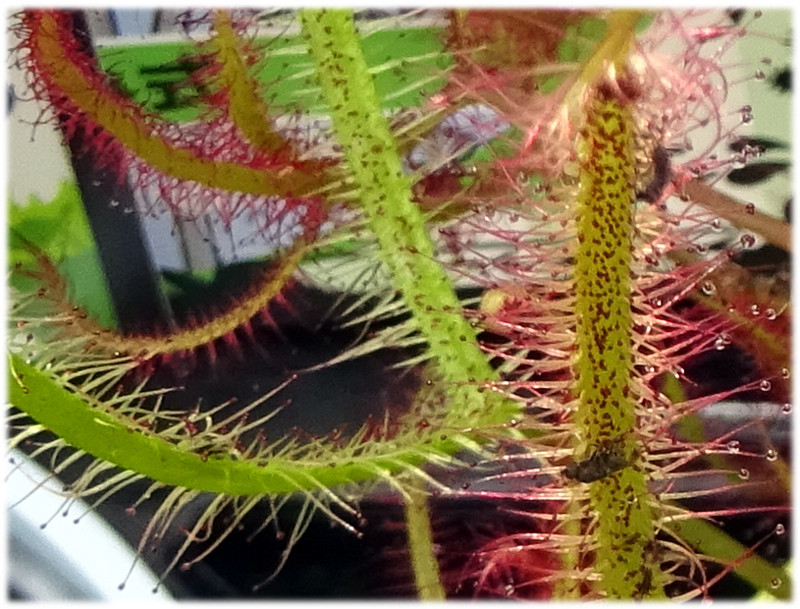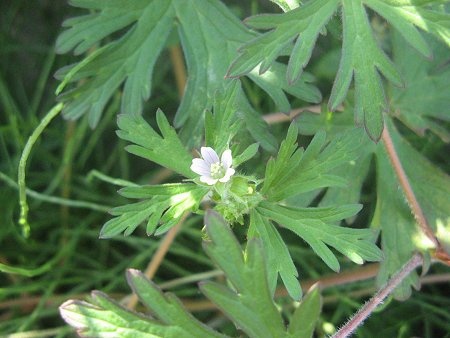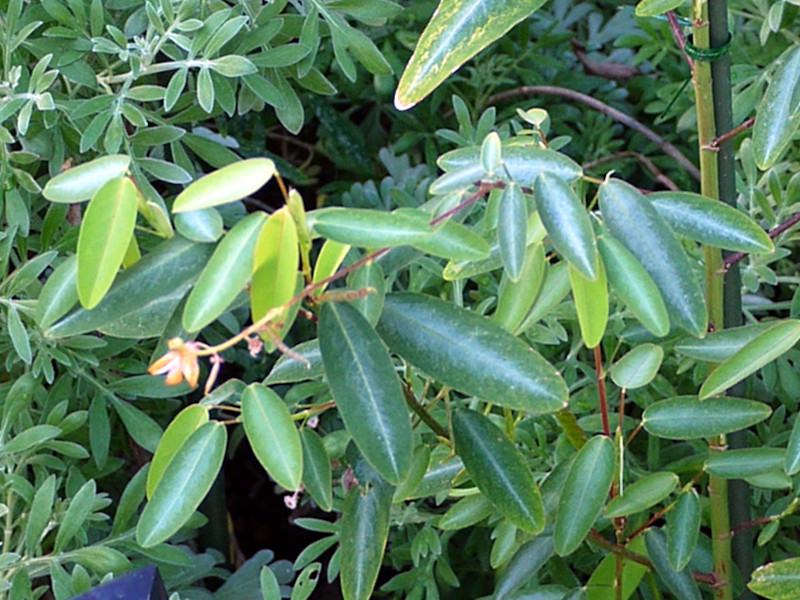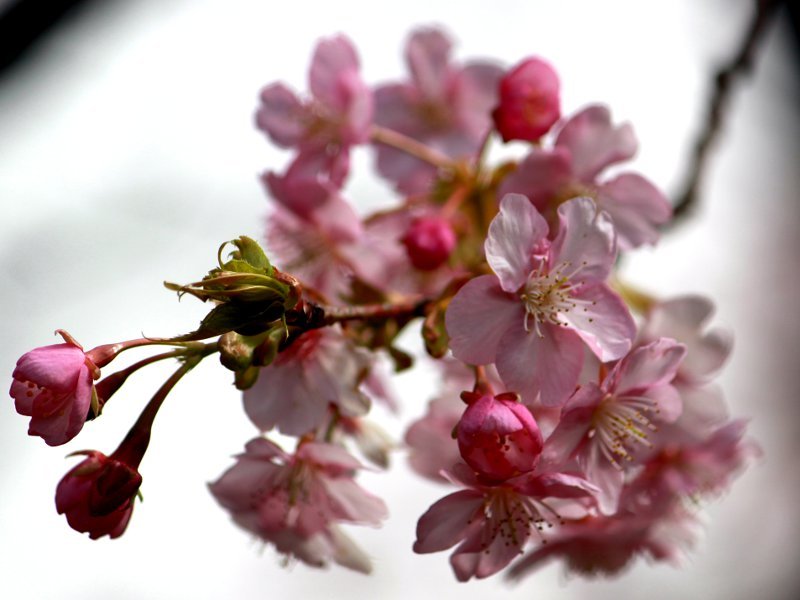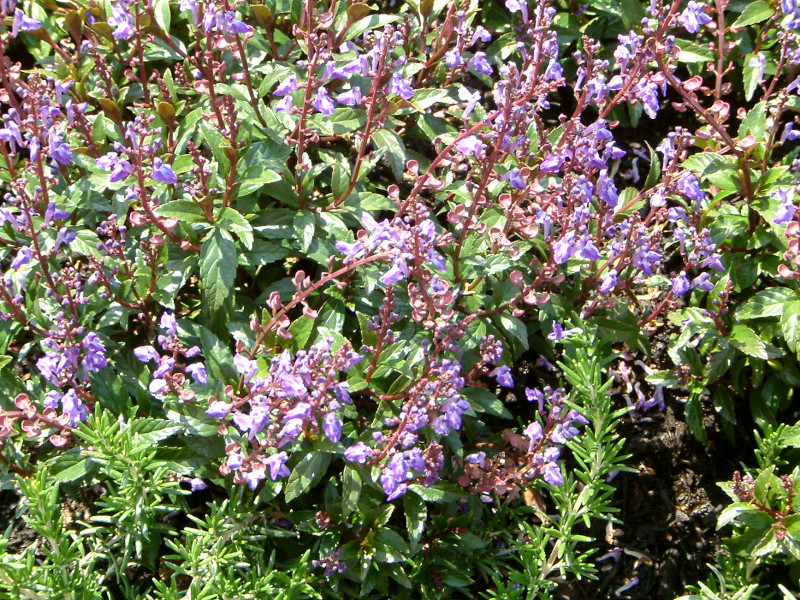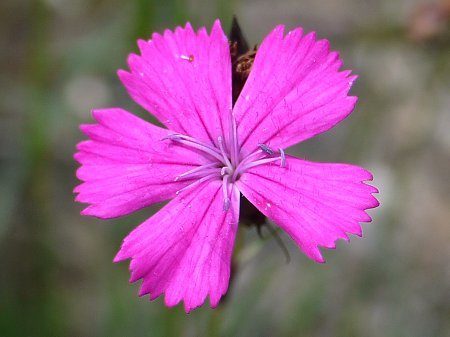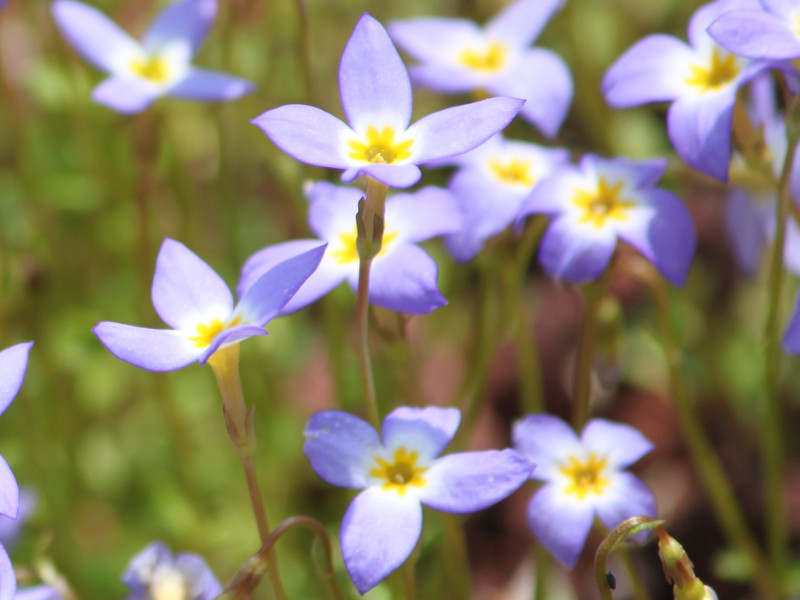Drosera binata
- Flower nameDrosera binata
- Scientific nameDrosera binata
- AliasDrosera binata, ドロセラ・ビナータ, 刺又毛氈苔, Forked sundew
- Place of origin Australia
- Place of floweringWetlands, Greenhouse, Botanical Gardens, Overseas, Ornamental plants
- Flowering seasonMay, June, July
What is Drosera binata
Drosera binata (Drosera binata) is native to Australia and is a perennial, aquatic and carnivorous plant in the Moss family Droseraceae. It grows in wetlands and has glandular hairs on the tops of its leaves that emit a sticky substance that traps small insects, dissolves them and digests them as nutrients. From early summer to summer, a dozen or so small white flowers bloom at the tip of the petals. The Japanese name comes from the fact that the tips of the leaves are divided like the sasumata (sashimata) seen in the Edo period (1603-1868). The same genus includes Drosera anglica.
Generic name: Drosera binata, scientific name:Drosera binata, also known as Forked sundew, Drosera binata,native place: Australia, Environment: marshland, Living type: carnivorous plant, Height: 50-60 cm, Flower stem length: 15 cm, Flowering period: May to July, Flower color: white, Number of petals: 5, Leaf length: 4-8 cm, leaf shape: linear lanceolate, petiole: alternate, petiole length: 5-10cm, leaf surface: long red stistalks on the upper part of the leaf, alluvial leaves: non-petiolate, radiating symmetrical flowers, inflorescence: umblela, petal diameter: 1.5cm, petals: five-petaled flowers, number of stamens: 5, stems length: 10-15cm, fruit type: capsule of terminal flowers, use: ornamental.
